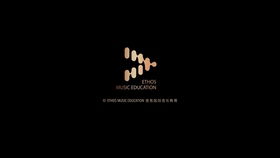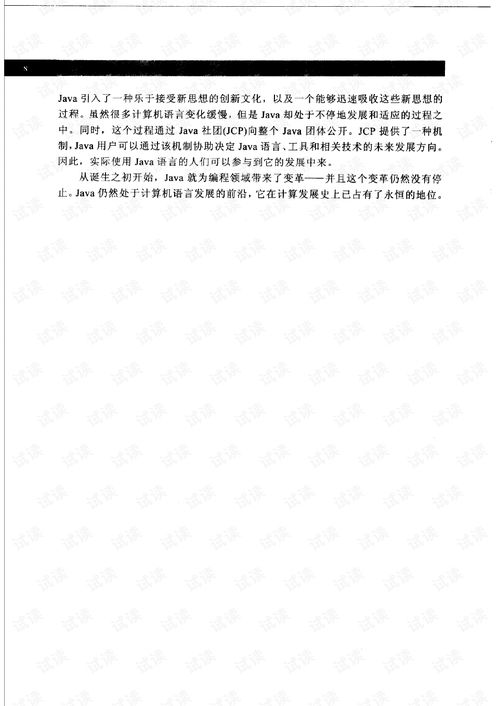Content:
Fishing at a reservoir that has been subjected to sewage dumping can be a challenging yet rewarding experience. The presence of human waste can contaminate the water, making it difficult for fish to thrive. However, with the right techniques and strategies, you can still catch some impressive catches. Here's a comprehensive guide on how to fish effectively at such locations.
Understanding the Environment

First and foremost, it's crucial to understand the unique environment of a sewage-dumped reservoir. The water quality is likely to be poor, with high levels of ammonia and other harmful substances. Fish may be scarce, and those that do exist might be stressed or weakened. This means you'll need to adapt your approach to match the conditions.
Choosing the Right Bait
Given the potentially toxic environment, it's important to use bait that is less likely to be affected by the contamination. Here are some options:
- Live Bait: Live bait, such as worms, minnows, or leeches, can be effective. These baits are more resilient to the water's poor quality and are more likely to attract fish.
- Artificial Lures: Artificial lures, like spinners, jigs, and flies, can be used to mimic the natural movements of fish. They are also less likely to be contaminated than natural bait.
- Smelly Baits: Baits that have a strong scent can attract fish from a distance. However, ensure that the scent is not overpowering, as it may deter fish rather than attract them.
Timing Your Fishing Trip
The timing of your fishing trip can significantly impact your success. Here are some tips:
- Early Morning or Evening: Fish are more active during these times, and the cooler water temperatures can help mitigate the effects of the contamination.
- During Rain: Rain can help dilute the contaminants in the water, potentially improving the fishing conditions.
- Avoid Strong Wind: Strong winds can churn up the water, making it difficult for fish to breathe and potentially increasing the concentration of contaminants.
Selecting the Right Equipment
The equipment you use can make a big difference in your fishing success. Here are some recommendations:
- Lightweight Rod and Reel: A lightweight rod and reel combination allows for more sensitive detection of bites, which is crucial in poor water conditions.
- High-Line Strength: Use a line with a high breaking strength to handle the possibility of larger fish that may be present.
- Good Sensitivity: A rod with good sensitivity is essential for detecting subtle bites in contaminated water.
Fishing Techniques
Here are some fishing techniques that can help you catch fish in a sewage-dumped reservoir:
- Bottom Bouncing: This technique involves dragging your bait along the bottom of the reservoir. It's effective for targeting fish that are holding close to the bottom.
- Cast and Retrieve: Cast your bait out and retrieve it back to the boat or shore. This technique can be effective for attracting fish from a distance.
- Trolling: Trolling involves slowly moving your boat with the bait in the water. This technique can cover a large area and attract fish that are spread out.
Safety Precautions
When fishing at a sewage-dumped reservoir, it's important to take safety precautions:
- Wear Protective Gear: Wear gloves and a mask to protect yourself from any potential exposure to harmful substances.
- Stay Hydrated: Drink plenty of water to stay hydrated, as the heat and humidity can be intense.
- Monitor Your Health: Keep an eye on your health and seek medical attention if you experience any adverse reactions.
Conclusion
Fishing at a sewage-dumped reservoir can be a challenging endeavor, but with the right techniques and precautions, you can still enjoy a successful fishing trip. Remember to adapt your approach to the unique conditions, use appropriate bait and equipment, and prioritize your safety. With patience and persistence, you may be surprised at the fish you can catch in even the most challenging environments.












